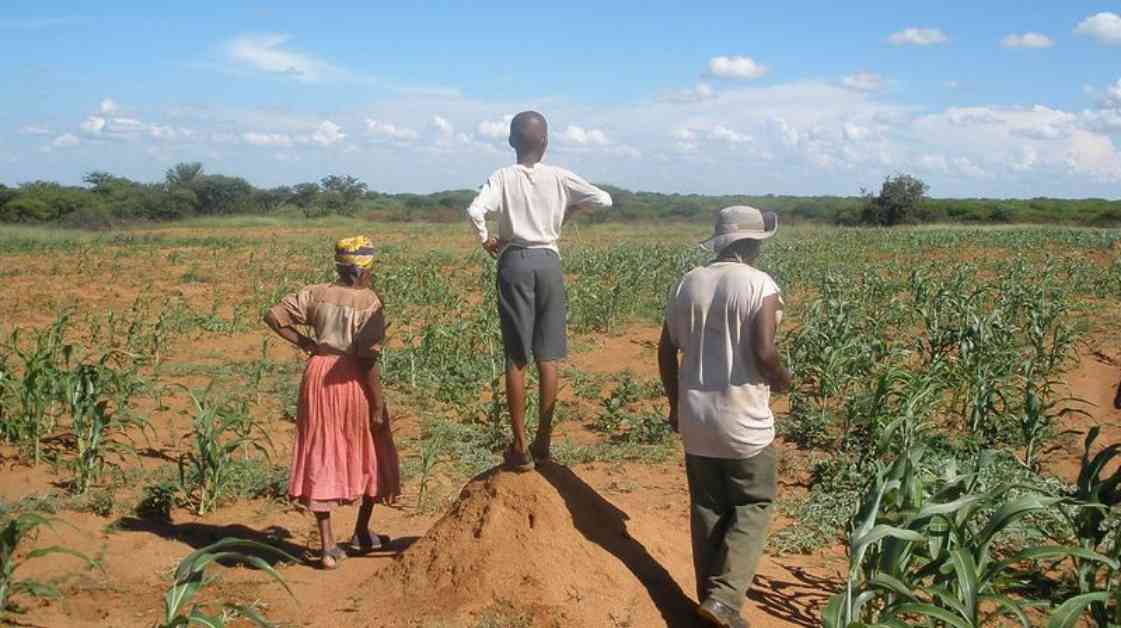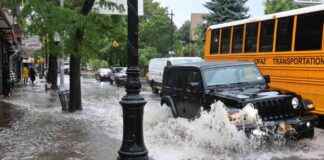Adaptation-focused NDC in Botswana prioritizes drought-resistant cattle
Botswana, a dry, sparsely-populated southern African nation, is making waves with its innovative climate plan that prioritizes adaptation over emissions reduction. In a move that has garnered praise from African climate negotiators, Botswana is focusing its efforts on combating extreme weather conditions like droughts, floods, and cyclones rather than solely cutting planet-heating gases.
Botswana’s Climate Plan Details
Botswana’s nationally determined contribution (NDC) was submitted to the UN on Christmas Eve, highlighting specific targets to promote adaptation measures such as rooftop water storage tanks and drought-tolerant crops and cattle. Despite not significantly strengthening its 2030 emissions-cutting goal from an earlier version, Botswana’s new plan sets a clear path towards resilience against climate change impacts.
Financial Allocations and Foreign Support
The government of Botswana plans to allocate $2.1 billion towards adaptation and $0.9 billion towards emissions reduction by 2030. With the possibility of foreign funding and support, an additional $0.4 billion will be dedicated to adaptation and $2.7 billion towards mitigation through initiatives like solar power and biogas plants.
Expert Perspectives
Fatuma Hussein, a Kenyan climate negotiator, commended Botswana’s approach, emphasizing the importance of addressing the unique circumstances and challenges faced by African countries with minimal greenhouse gas emissions. While focusing on adaptation is crucial for resilience, Hussein also underscored the importance of not neglecting measures to curb emissions, which can ultimately enhance resilience and slow down climate warming.
Julius Mbatia, another Kenyan negotiator, highlighted the need for vulnerable developing countries to prioritize their lived circumstances in climate cooperation discussions. He emphasized the importance of ensuring that these countries’ voices are heard and their requests for climate finance are taken seriously for a just and resilient transition.
Tackling Climate Change Impacts in Botswana
Botswana’s climate plan warns of the country’s vulnerability to climate change due to factors like water scarcity, heatwaves, droughts, flooding, and hailstorms. To address these threats, the government aims to implement various measures such as connecting settlements to water pipelines, encouraging desalination plants, reducing water waste, and promoting drought-tolerant livestock and crops.
In an effort to reduce livestock mortality rates and enhance resilience to drought, Botswana has been importing cattle from Texas and breeding them with local breeds through artificial insemination. The country also plans to distribute drought-tolerant seeds to farmers and expand weather monitoring capabilities to provide timely warnings about extreme weather events.
Looking Ahead
As countries gear up to produce more ambitious NDCs with a 2035 emissions reduction target, Botswana’s innovative approach to adaptation sets a precedent for vulnerable nations facing climate impacts. With expectations for Botswana to submit another NDC in the future, the global community is closely watching how countries like Botswana pave the way for climate resilience and sustainable development.














